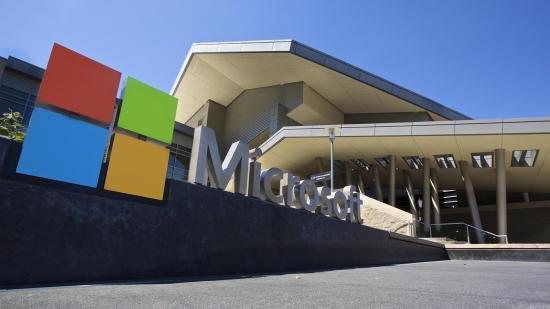Windows Update will now automatically uninstall problematic patches and drivers. Microsoft’s convoluted update program is infamous for botched implementations, and its massive user base has grown weary of every little automatically installed patch. However, a new support document outlines the company’s latest plan to have your PC remove troublesome updates all on its own.
In a recently published support document, Microsoft explains that Windows may attempt to roll back recently downloaded updates in the event of startup failure. For the following 30 days this update will also be blacklisted from the automated update service to avoid repeat offences, during which time Microsoft will be hard at work to get the issue fixed and back in the hands of the public.
“To ensure that your device can start up and continue running as expected,” Microsoft says on a recently published support page, “Windows will also prevent problematic updates from installing automatically for the next 30 days. This will give Microsoft and our partners the opportunity to investigate the failure and fix any issues. After 30 days, Windows will again try to install the updates.”
Windows Latest spotted the change despite Microsoft oddly blocking search engines from indexing the page.
Listen up: These are the best gaming headsets
Just last week Windows update KB4482887 gained notoriety amongst gamers when it caused significant performance degradation in multiple games. Microsoft recommends uninstalling the update, with a patch reportedly on the way.
But that’s relatively small fry compared to the file-deleting bug found within the ‘October’ 2018 Update last year. Users were reporting entire directories going missing post-update, and it soon became clear that many of these files were gone for good, lost to the inky oblivion of the Windows back-end.
The worst bit? Microsoft was reportedly told about the issue many months before the October Update’s public launch. That’s not a good look.
